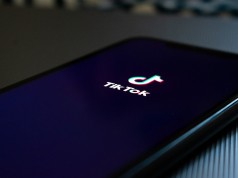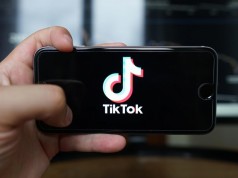Introduction
Understanding the social media giant Facebook’s advertisement algorithm is something that eludes many of us. There are many questions that pop up in the mind of marketers when it comes to FB ads. Why do some posts seem to go viral with lots of engagement while others quickly die? Why do some ads convert better than others? To help you answer all of these questions, in this article, we are going to breakdown the Facebook ad algorithm. Let’s get started!
How the Facebook Ad Algorithm Works
Some good news as of right now is the fact that Facebook’s new algorithm is no longer a secret or a black box anymore. The company has slowly been letting its users take a peek behind their closed doors. It doesn’t matter if they have been doing this knowingly or unknowingly. Now there is a lot of information available when it comes to how exactly Facebook ranks and prioritizes content in the news feed of users.
According to the VP of Facebook’s News Deed Management Adam Mosseri, the goal of Facebook’s algorithm has always been to show its users content that is relevant and it matters. With this being kept in mind, you will be able to easily decipher how Facebook’s different algorithm factors tend to work together to determine which pieces of content happen to “matter” to a particular user.
Inventory
Inventory is something that happens to represent the stock of all content that can be displayed to a user on the news feed of Facebook. This happens to include everything posted from friends as well as ad publishers.
Signals
Signals tend to represent the information that the social media platform can gather about a particular piece of content. Moreover, the signals happen to be the only area of factors wherein you have control. You have to make sure that your content happens to signal to Facebook that it is very meaningful and relevant to the audience you are targeting.
Predictions
Predictions happen to represent a user’s behavior and how likely they are predicted to have a positive interaction with a content piece that you put out or run as an ad.
Score
Score happens to be the final number which is assigned to a content piece based on the likelihood that users will be responding positively to it. Meaningful interactions are always valued at the highest. So, as advertisers and marketers, you need to understand that the only part of the process that you can exercise control over is the signals of a content piece. Now, these signals can further be divided into two different categories- passive and active.
Passive signals include everything from view time, story type, time posted, and other metrics non-active metrics. Whereas active signals tend to include things such as likes, shares, comments, and other active events that happen to prompt engagement. Keeping this in mind, you should be able to tailor your content to promote positive engagement.
This brings us to the end of our discussion on how the Facebook ad algorithm works. Now, let us know some of your personal thoughts on the same.









